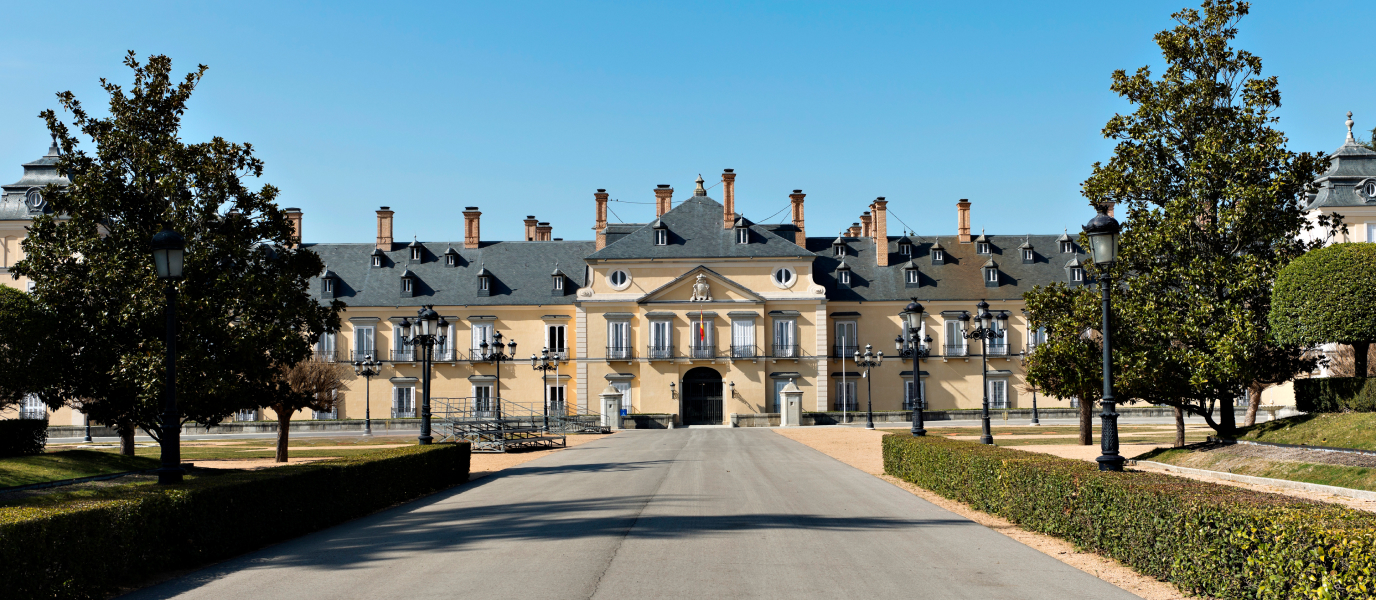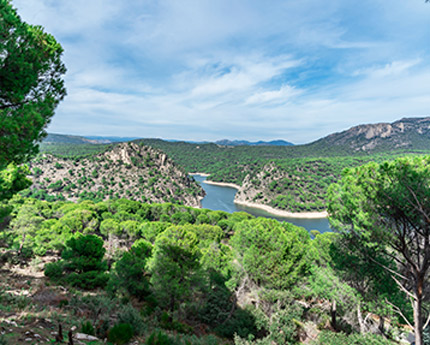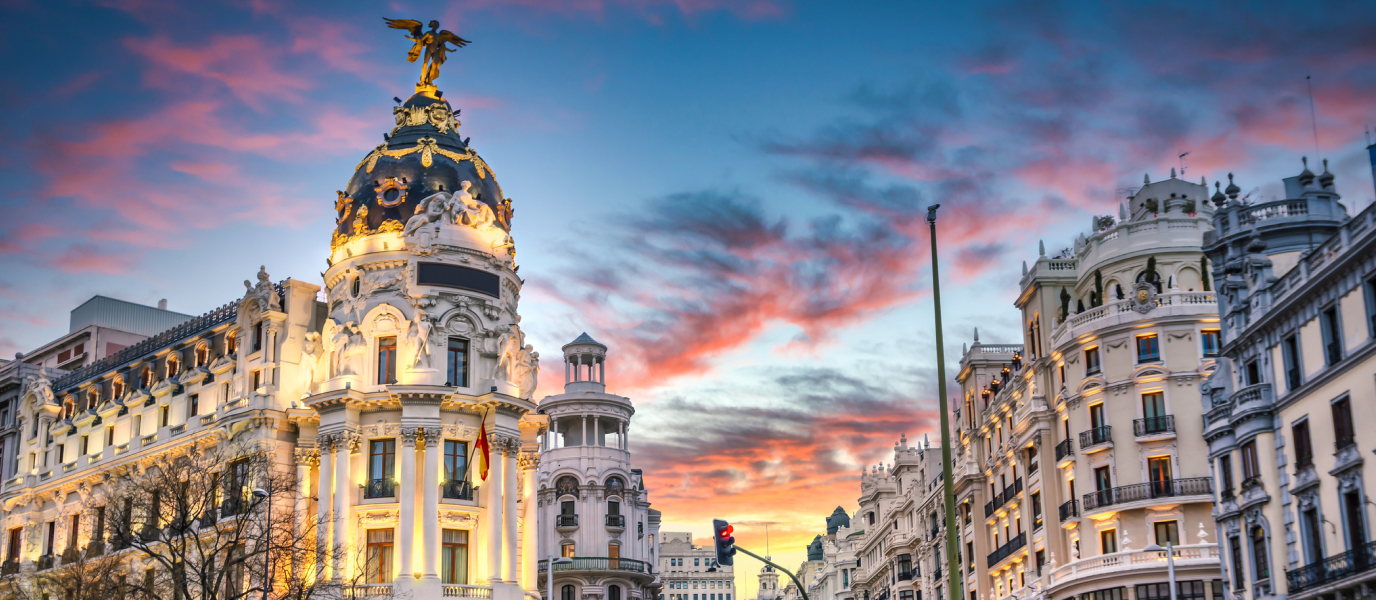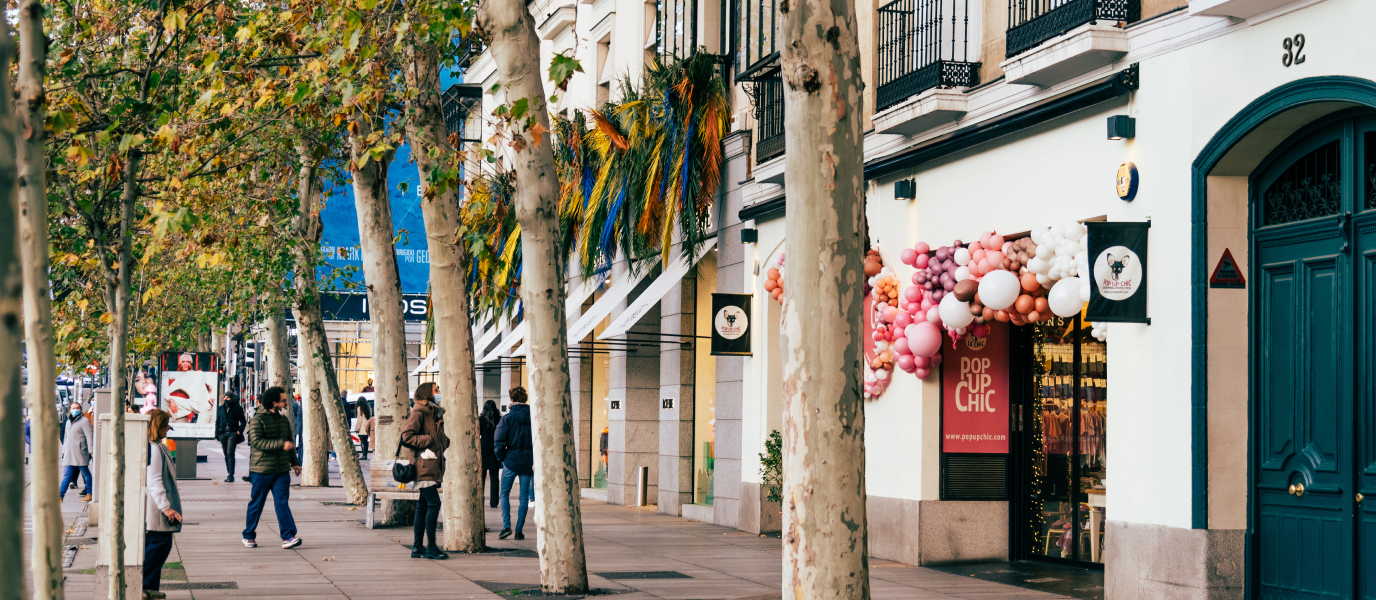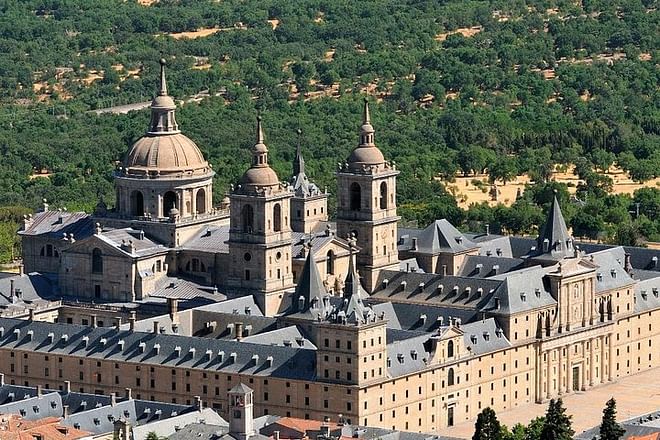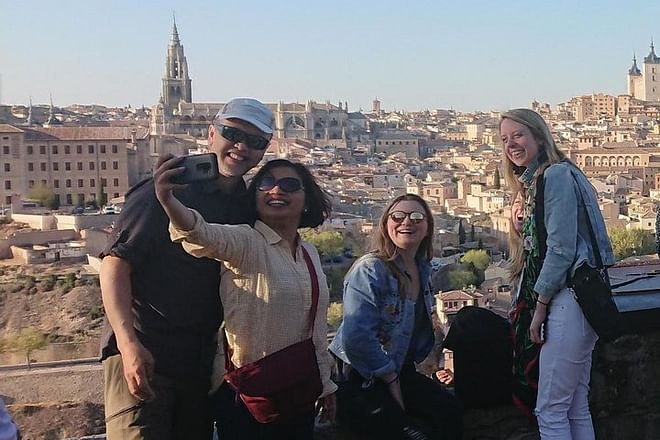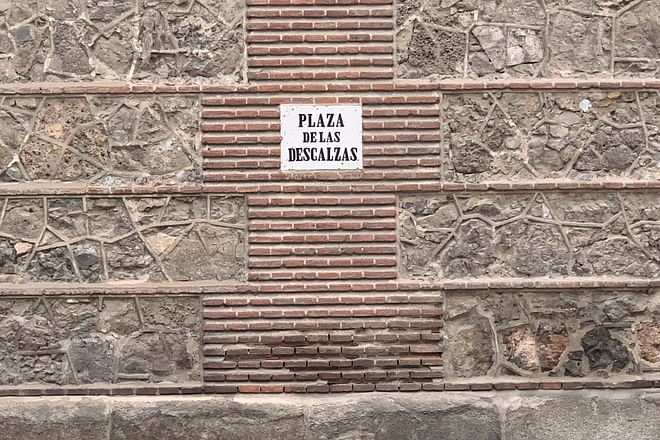To the north of Madrid, a barrier surrounds a vast, wooded area of almost 16,000 hectares. Entry is prohibited. This is the Real Sitio del Pardo [Royal Estate of El Pardo], the historic hunting ground of the Spanish monarchs, now managed by Patrimonio Nacional [National Heritage of Spain], and it is in fact possible to visit its most hidden treasure: the Palacio Real del Pardo. Originally built as a hunting lodge in 1405 by Enrique III, it was the Emperor Charles I who, in the sixteenth century, decided to build a palace using the structure of the ancient medieval castle. The building, which over time would be remodelled and extended on various occasions, was converted into a temporary residence for successive monarchs until, in the twentieth century, the dictator Francisco Franco took up permanent residence there. Since 1983, the palace has been used to host foreign heads of state during their official visits to Spain.
El Pardo: the unknown royal palace
From the Early Middle Ages, the Monte del Pardo was the favourite hunting ground for the kings of Castile. Since the beginning of the fifteenth century, the estate had had a small castle where members of the royal family could stay during their hunting expeditions. It was Luis de Vega, the architect of the Palace of Valsaín who, on the orders of Charles I in the mid sixteenth century, would transform that ancient medieval castle into a Renaissance palace that would, however, retain the structure of its predecessor. This explains why the present-day castle still has towers at its corners and is surrounded by a moat. The work was completed during the reign of Philip II, who decorated the palace in the Italian style with frescoes and late Italian Renaissance-style portraits. In 1604, however, almost all was lost in a terrible fire, although the famous Titian painting Venus de El Pardo, was saved, and can now be seen in the Louvre, Paris. Philip III is supposed to have said, “As long as that painting was saved, nothing else matters”. The King commissioned the architect Francisco de Mora to take charge of the reconstruction, and the palace was redecorated in keeping with the style favoured by Philip’s father.
The décor of El Pardo underwent a great change with the arrival of the Bourbon monarchs, who began using the palace as a winter residence, and adapted it for that purpose. To Philip V, who visited the palace for the first time in 1701, it seemed an antiquated and unwelcoming place, so he had the interior completely refurbished, replacing the original decoration with tapestries from the Real Fábrica de Tapices [Royal Tapestry Workshop]. In 1772, Charles III, who spent three months of each year at El Pardo, found that the palace was too small to accommodate the Royal Court, so he commissioned Francesco Sabatini to build an extension. The architect of the Royal Palace in Madrid decided to replicate the building entirely, adding a new block identical to the original, and achieving a uniform external appearance in a French Baroque style. The original palace’s Patio de los Austrias gained a counterpart in the new extension, and is known as the Patio de los Borbones. The barrier that has enclosed and protected the forests of El Pardo since the eighteenth century has probably made this Spain’s most unknown and inaccessible palace to the general public.
The nineteenth-century King, Ferdinand VII would be the last monarch to regularly reside at the palace, which he had redecorated with new tapestries and furniture in the Imperial style. King Alfonso XII was also very fond of El Pardo, and occasionally sought tranquillity there until, in 1885, he moved in permanently as he hoped for an improvement in his tuberculosis. This, ironically, was where he died that very same year.
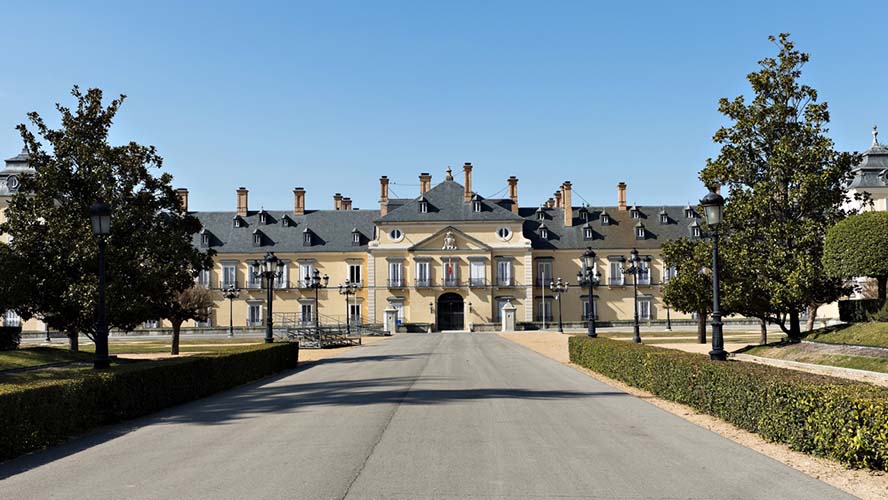
Franco, the last tenant of El Pardo
With the Civil War over, the perpetrator of the military coup and self-proclaimed Head of State Francisco Franco in 1936 ordered the palace to be modernised so that he could make it his residence. He remained there until his death in 1975. The building became the centre of power in Spain, as this is where the dictator held his ministerial councils and received visiting dignitaries. He did not hesitate to make whatever changes he wished: for example, he converted the Charles III Dining Room into his personal office, and Alfonso XII’s mausoleum into his family chapel. During their tour, visitors can see some of his personal belongings such as his writing desk, his bed and his old television (the first in Spain).
With the transition to democracy, the Palacio del Pardo was opened to the public and is occasionally used now as accommodation for visiting foreign heads of state.
Main rooms on the palace tour
During the tour of the Palacio del Pardo, visitors can see historic rooms that have been inhabited by Spanish monarchs down the centuries. In the oldest part, around the Patio de los Austrias, can be found the chambers of the King and Queen. The former was occupied by Spanish monarchs from the time of Philip III, at the end of the sixteenth century, until Queen Isabella II. Around the Central Courtyard, visitors pass through the Comedor Real [Royal Dining Room], which Franco used his office, and the eighteenth-century Teatro de Palacio, which the dictator turned into a cinema.
Around the more modern Patio de los Borbones are historic rooms such as the Aposento del príncipe de Asturias, once occupied by Alfonso XII, and then converted by Franco into his private apartment, and the Aposento de la princesa de Asturias, a suite nowadays reserved for visiting foreign dignitaries.
The rich decoration of El Pardo: frescoes, tapestries and period furniture
During their tour of the palace, visitors should be aware that the furnishings and décor they are seeing is what remains of the successive renovations which the building has undergone throughout its history. The frescoes, for example, are those that have survived the changes of style imposed down the years. Therefore, nothing remains of the important collection of paintings to be found here prior to the fire of 1604, apart from Gaspar Becerra’s fresco, Historia de Perseo. In the chambers, some paintings from the time of Philip III have survived: religious works such as Historia de Ester by Jerónimo de Cabrera; historical paintings, including La Toma de Granada [The Taking of Granada], by Francisco López; and hunting scenes, such as Cacería con Aurora [Hunt at Dawn] by Luis de Carvajal. During the eighteenth century, the painter Francisco Bayeu created Baroque frescoes, including the famous La Monarquía española rodeada por las artes y con los vicios a sus pies [The Spanish Monarchy Surrounded by the Arts and with the Vices at their Feet], which hangs in the Comedor del Rey. Several allegorical frescoes, created during the last large-scale redecoration which was carried out by Ferdinand VII in the nineteenth century, can be seen in his chambers.
Other highlights are the eighteenth-century tapestries with which the Bourbons decorated the palace to keep out the winter cold. The most outstanding of these are those produced by the Real Fábrica de Tapices from sketches by artists including Francisco Bayeu, José del Castillo and Francisco de Goya, who Charles III commissioned to create several series of tapestries.
Among the palace furniture, which combines the Imperial style from the reign of Ferdinand VII with Neo-Baroque pieces added during the Franco period, the highlights are the huge bronze chandeliers dating from the early years of the nineteenth century.
























































